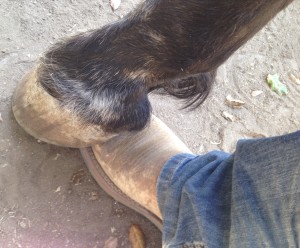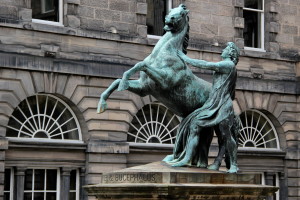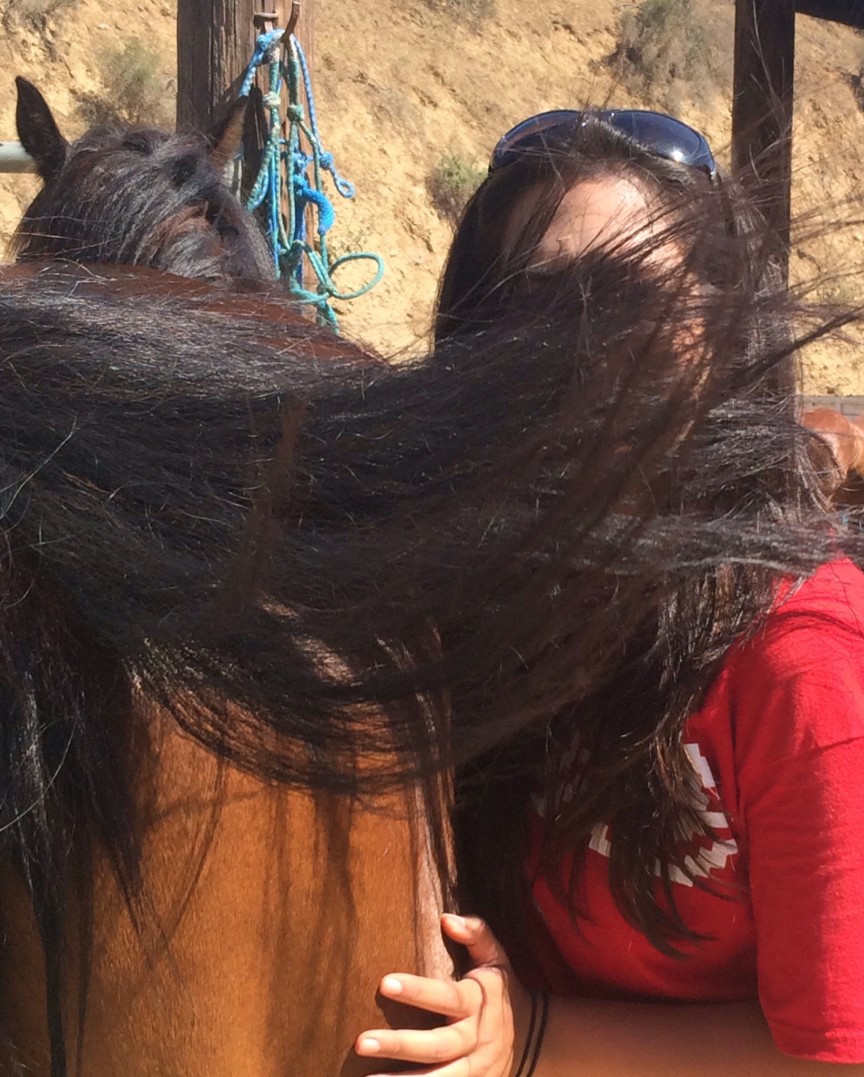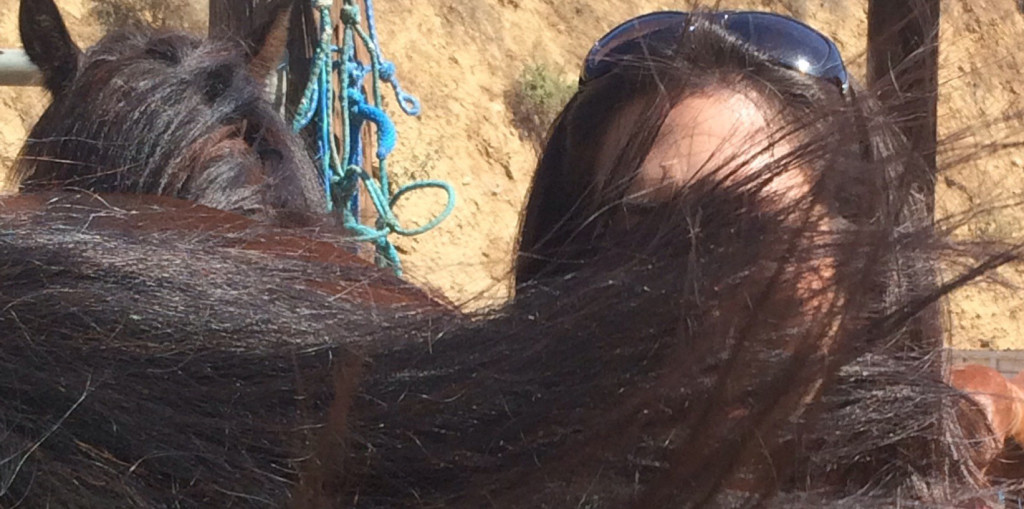The Rule:
When you’re working with horses, you’re not allowed to take anything personally.
Why?
There are a lot of reasons. First and foremost: horses are horses. They are not people, so when they do things, they do them for horse reasons, not people reasons. We, as humans, have all kinds of reasons why we do what we do. Sometimes we do things to be nice, sometimes we do things to be spiteful, sometimes we do things to get something, sometimes we do things to not get something. But the brain of a horse is relatively simple. When horses do things they do them out of:
Fear.
Horses fear death. How do they avoid death? By being part of the herd. And by being in the middle of the herd. Anything that hinders their ability to be safely in the middle of the herd will cause fear.
Given a choice, a horse wants to stand still in the middle of that safety herd. They’ll move only if they have to but all they really want to do is stand still and do nothing in safety.
If there is something that causes them fear, horses will have one of a few reactions:
- They’ll run. Flight is usually the first response. When they run they will usually run together with other horses. Back to being a part of a herd. (Herd bylaws state: when one horse runs, the rest do the same then ask questions later. Remember this!)
- They’ll go all deer-in-headlights. This is when a horse isn’t sure what he should do. A sorta half flee. A sudden stop with all attention on the thing that is scary.
- They’ll fight. A kick, bite or buck is usually the first option a horse will go to if fleeing is not an option (i.e., a tied up, haltered or stalled horse).
So, let’s put this all together. Horses are horses. Horses fear death. Horses want to stand still in a safe place. They will only move when someone or something makes them move. When something scares them, they will run, stop or strike out. That is horse behavior in a nutshell.
 That means that, most of the time, if a horse is kicking or biting there is something wrong. Remember The Lion and the Mouse? Luckily, most of the time when there is something wrong, it’s easily fixable.
That means that, most of the time, if a horse is kicking or biting there is something wrong. Remember The Lion and the Mouse? Luckily, most of the time when there is something wrong, it’s easily fixable.
For example, I once knew a horse that was normally calm and well mannered. One day his rider saddled up, jumped on then in moments was bucked off. The rider’s first response was to get angry at the horse—she took it personally. She thought he was being lazy and didn’t want to work. Turns out he had sores on his back from where the rider’s saddlebags had been rubbing him. When she sat down on the saddle, the saddle bags pushed into the sores. Pain. Fear. The saddlebags were removed, the rider climbed back on, the horse went back to work.
So what does this teach us? If a horse kicks at you, do you (a) step back and look around or (b) yell? Preferably don’t yell. Yelling is not a good first reaction. Instead, ask yourself why the horse would do that. Pain? Fear? Identify whatever it is that’s making the horse strike out. Remove the offending problem from the equation and try again.
Remember: horses are horses. They are not people, so when they do things, they do them for horse reasons, not people reasons. If you know this, you’ll spend less time being mad at a horse for being a horse and be better equipped to predict and respond to normal horse behavior.
Background:
Horse Frightened by a Storm by Eugene Delacroix 1824 @ Museum of Fine Arts (Budapest)


